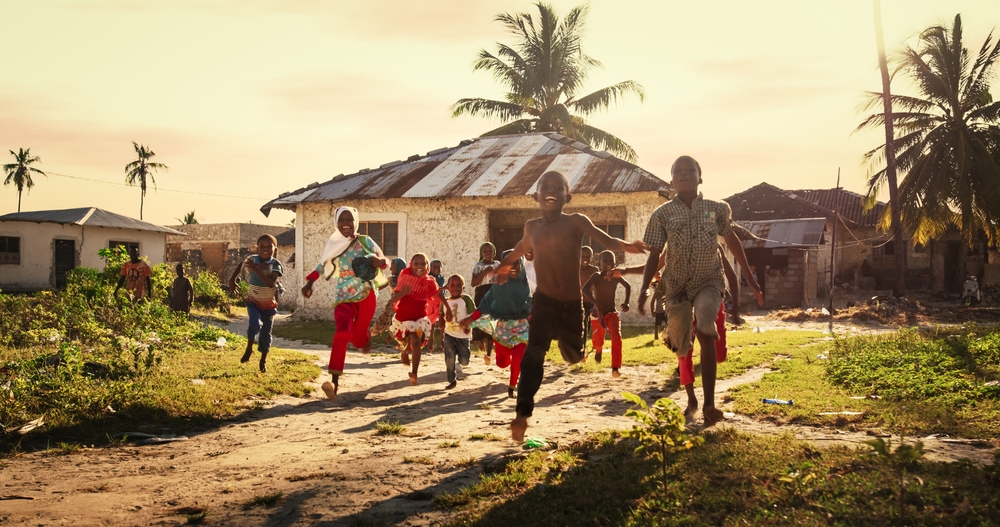Leprosy is classified as a neglected tropical disease.1 What does this mean and why do we observe a worldwide day of recognition for neglected tropical diseases?
Neglected tropical diseases (NTDs) are a group of communicable diseases associated with serious health, social and economic consequences.2 They are mostly prevalent among impoverished communities in tropical regions – including marginalised, rural and poor urban areas and conflict zones.3 NTDs are preventable and treatable, but they are often interrelated with poverty and environmental conditions, and have complex life cycles, making their public health control challenging.2,3
The Impact of NTDs
• NTDs affect more than 1 billion people worldwide. According to the World Health Organization (WHO), an estimated 1.6 billion people around the world require preventative and curative NTD interventions.2
• Approximately 200,000 deaths and 19 million disability adjusted life years (DALYs) are caused every year by NTDs.2
• NTDs lead to healthcare costs, loss of productivity and lower socioeconomic and educational attainment, costing developing communities the equivalent of billions of dollars.2
• Leprosy is an example of a “skin NTD” that can have disfiguring or disabling effects if left untreated. This can have psychological, social and economic impacts as many patients face stigma and discrimination.3
Despite their severe and widespread impact, NTDs have historically ranked low on the global health policy agenda, only gaining recognition in 2015 with the Sustainable Development Goals.2 In May 2021, the World Health Assembly (WHA) decided to recognise January 30th as World NTD Day.4
Did you know? January 30th also marks World Leprosy Day in India, observed on this date as a tribute to Mahatma Gandhi on the anniversary of his death. In other countries, World Leprosy Day is observed on the last Sunday of January.5 Find out more about World Leprosy Day.
The Purpose of World NTD Day
The purpose of World NTD Day is to:6
• Raise the profile of NTDs,
• Raise awareness about the suffering caused by NTDs,
• Garner support for the elimination or eradication of NTDs, in line with the targets set out in the WHO’s road map 2021-2030 and the commitments of the 2022 Kigali Declaration on NTDs.
“On World Neglected Tropical Diseases Day 2025, the WHO is calling on everybody, including leaders and communities, to unite, act and eliminate NTDs by making bold, sustainable investments to free the estimated 1.5 billion people, in the world’s most vulnerable communities, from a vicious cycle of disease and poverty.” – World Health Organization6
“By working together, adopting people-centred approaches and working across sectors, we can meet and sustain the NTD targets in the SDGs and the WHO 2030 NTD road map. We can eradicate two diseases, eliminate at least one disease in 100 countries, and decrease the number of people requiring interventions for NTDs by 90%. These commitments will help relieve suffering, decrease the health-related drivers of poverty, reduce disability and stigma, and improve mental wellbeing and inclusion in society.” – Kigali Declaration7
The Leprosy Mission's Role
The Leprosy Mission is a Christian charity committed to helping leprosy patients recover and thrive. We educate health workers to recognise the signs of leprosy, facilitating timely diagnosis and treatment which can reduce the risk of nerve damage and disabilities.8
Your Donation can Make a Difference
We rely on our supporters to help us in our mission to treat leprosy. Your contributions make it possible for us to help as many patients as possible, and to educate more people around the country about leprosy.
This World Leprosy Day, make a donation to The Leprosy Mission Southern Africa, and show your support for this worthy cause.
References:
1. Leprosy. World Health Organization. Accessed January 13, 2025. https://www.who.int/news-room/fact-sheets/detail/leprosy.
2. Neglected tropical diseases – global. World Health Organization. Accessed January 13, 2025. https://www.who.int/health-topics/neglected-tropical-diseases.
3. World Health Assembly adopts decision to recognize 30 January as World NTD Day. Accessed January 13, 2025. https://www.who.int/news/item/27-05-2021-world-health-assembly-adopts-decision-to-recognize-30-january-as-world-ntd-day.
4. World NTD Day. World Health Organization. Accessed January 13, 2025. https://www.who.int/campaigns/world-ntd-day.
5. World Leprosy Day. World Health Organization. Accessed December 27, 2024. https://www.who.int/campaigns/world-leprosy-day.
6. World NTD Day 2025. World Health Organization. Accessed January 13, 2025. https://www.who.int/campaigns/world-ntd-day/2025.
7. Uniting to Combat NTDs. The Kigali Declaration. Accessed January 13, 2025. https://unitingtocombatntds.org/en/the-kigali-declaration/the-declaration/.
8. Leprosy Mission Sothern Africa. Accessed January 13, 2025. https://leprosymissionsouthernafrica.org.za/.

